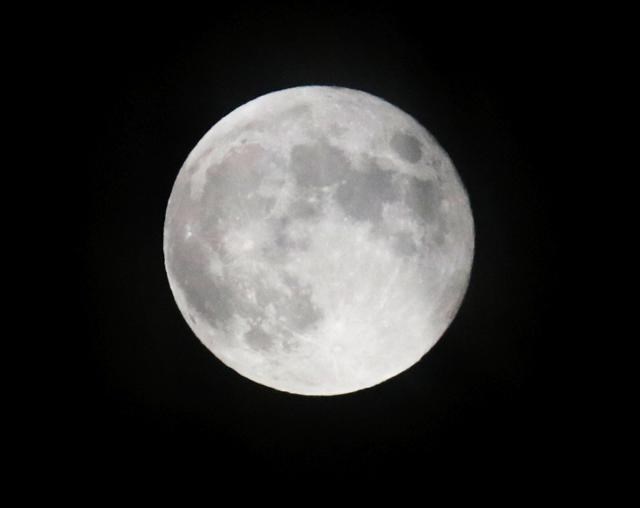June’s full moon, which is the last full moon of spring or the first of summer, is traditionally called the Strawberry Moon.
This full moon brings with it a penumbral eclipse, which occurs when the moon crosses through the faint outer edge of Earth’s shadow (the penumbra), making part of the moon appear slightly darker than usual. Unlike a full lunar or solar eclipse, the visual effect of a penumbral eclipse is usually so minimal that it can be difficult to see.
This eclipse was only visible from parts of Australia, Asia, Africa, Europe, and South America, but not from North America.
The tradition of naming moons is rich in history. According to the Old Farmer’s Almanac, the name, Strawberry moon, originated with Algonquin tribes in eastern North America who knew it as a signal to gather the ripening fruit of wild strawberries.
Other names for this moon include the Honey Moon and the Mead Moon. It has also been called the Rose Moon, as many roses begin blooming in June.
Historically, full moon names were used to track the seasons and, for this reason, often relate closely to nature. The moon names used today come from Native American and Colonial-era sources. Traditionally, each full moon name was applied to the entire lunar month in which it occurred, rather than just the full moon itself.



